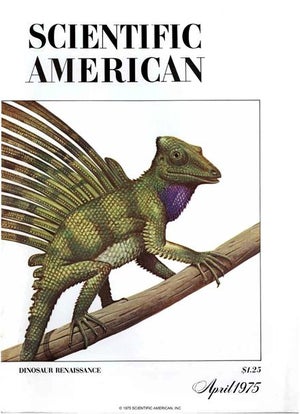Cyanate and Sickle-Cell Disease
The abnormal hemoglobin of people who suffer from sickle-cell anemia is made to behave like normal hemoglobin in experiments with the administration of the simple chemical sodium cyanate
Charles M. Peterson, Anthony Cerami
The Deformation of Metals at High Temperatures
The hot-working of metals was long more an art than a science. The study of how metals behave at the level of atoms in crystal lattices is doing much to put the art on a more rational footing
Hugh J. McQueen, W. J. McGregor Tegart
